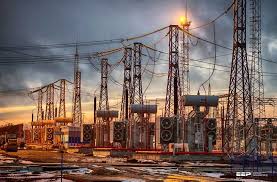PROFESSIONAL TRAINING OF SUBSTATION DESIGN (CONTROL, PROTECTION AND FACILITY PLANNING)

About Course
Professional training in substation design is crucial for electrical engineers and technicians involved in the planning, construction, operation, and maintenance of electrical substations. This training encompasses various aspects, including control, protection, and facility planning, ensuring that personnel are equipped with the necessary skills and knowledge to design and manage substations effectively.
Course Content
Earthing System of Switchyards
Lightning Protection of Switchyards
Switchyard Control and Interlocking
Student Ratings & Reviews

No Review Yet
